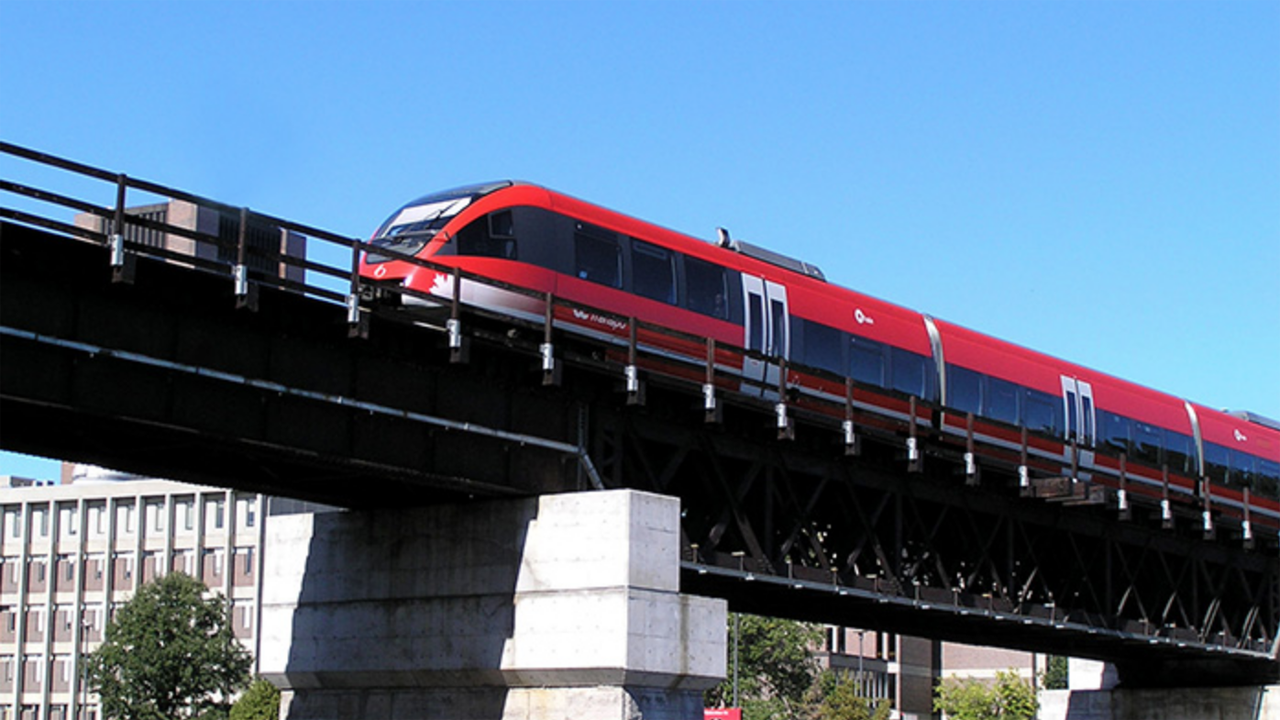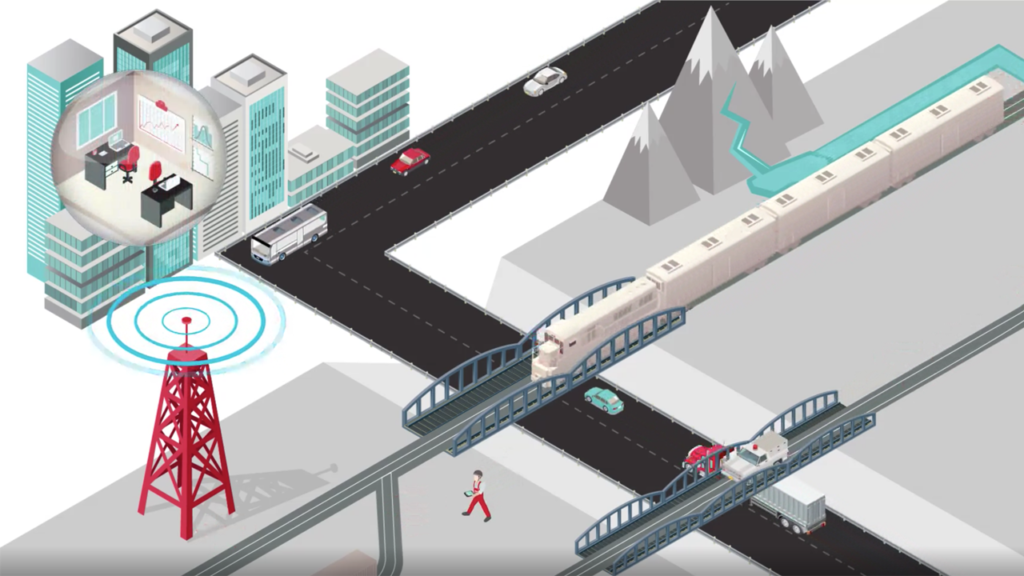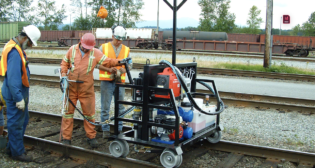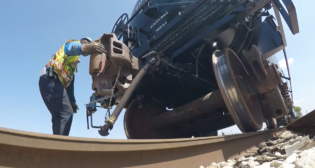
Supply Side: Ricardo, ClearBlade/Pennsy Digital
Written by Marybeth Luczak, Executive Editor
The O-Train Line 2 (the Trillium Line) is a five-mile diesel light-rail service, running from Greenboro Station in the south to Bayview Station just west of downtown Ottawa, Ontario. It forms part of the city’s two-line O-Train system. It opened in 2001, serving five stations. In 2017, a south extension was approved to add eight stations and 10 miles of track, including a spur to Ottawa’s international airport. (Photograph Courtesy of Ricardo)
U.K.-based Ricardo will provide systems integration support for Ottawa’s O-Train Line 2 extension project. Also, ClearBlade has teamed with Pennsy Digital on rail asset monitoring.
Ricardo on Aug. 30 reported that it will provide Systems Integration Verifier Services for the O-Train network extension.
The O-Train Line 2 (the Trillium Line) is a five-mile (eight-kilometer) diesel light-rail service, running from Greenboro Station in the south to Bayview Station just west of downtown Ottawa, Ontario. It forms part of the city’s two-line O-Train system. It opened in 2001, serving five stations. In 2017, the Ottawa City Council approved a south extension that would add eight stations and 10 miles (16 kilometers) of track, including a spur to Ottawa’s international airport. Services were suspended in 2020 to allow work to begin.
As the System Integration Verifier, Ricardo said it will “undertake a structured review of the risks and technical challenges ahead and prepare a detailed Management Plan to guide the project’s managers, contractors and suppliers throughout the build, installation and testing stages.”
Risks, the company reported, include the compatibility of the new rolling stock (Diesel Multiple Units supplied by Stadler) with the original track infrastructure; integration of new signaling technology with existing rolling stock and operations software; impact of noise and exhaust emissions on adjacent communities; and overall resilience of the expanded system to a local climate that can range from heavy snow and ice to summer temperatures exceeding 30°C.
Ricardo said it will facilitate regular risk workshops with key project stakeholders and suppliers; provide regular progress reports; and send, when required, Systems Integration Verifier (SIV) Notices to alert management to deficiencies, non-conformances and other observations. Additionally, once all concerns have been addressed, with all outstanding Notices closed, Ricardo will issue formal certification confirming that, “as an independent party, we believe all key systems have been successfully integrated, that quality and technical expectations have been met, and the system is ready to apply for its permit to operate.”
“This is a complex project, requiring a seamless integration of new infrastructure and rolling stock,” said Iain Carmichael, Managing Director of Ricardo’s Rail Division. “By bringing valuable experience of similar light rail projects from around the world, our experts will help ensure the works deliver an extended Line 2 that is safe, reliable, and operating to the highest possible standards.”

ClearBlade, an Industrial IoT platform and edge AI company based in Austin, Tex., is partnering with Pennsy Digital on asset monitoring, providing rail operators with real-time visibility into the location and condition of connected freight cars, critical infrastructure and other assets.
ClearBlade and Pennsy Digital on Aug. 30 reported that together, they will provide all hardware components, including sensors, and software necessary to connect monitored assets to back-office systems. They said they will “support a variety of rail specific use-cases, including asset location, load state and brake monitoring, bridge strike, track temperature, and curve monitoring. The combined ClearBlade–Pennsy Digital solutions improve visibility using a range of metrics: position, presence, temperature, impact, vibration, orientation, noise, and distance for a variety of rail assets. AI-based prediction and advanced analytics enhance the insights delivered at the Edge or in the back office.”
“We are extremely excited to be partnering with Pennsy Digital, delivering real-time insights into all assets across the rail industry,” said Eric Simone, CEO of ClearBlade. “The combination of ClearBlade’s proven IoT and Edge software and Pennsy Digital’s rail hardened products is a game-changing combination for the rail industry.”



